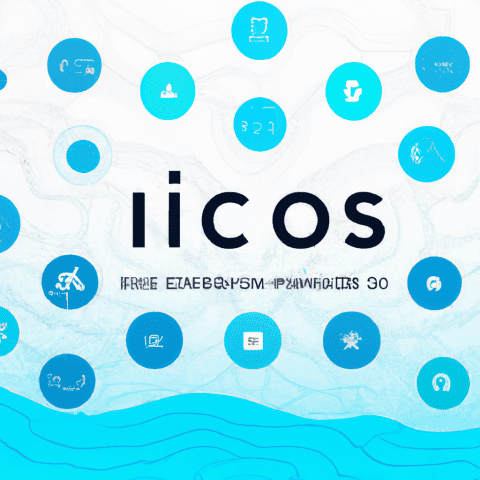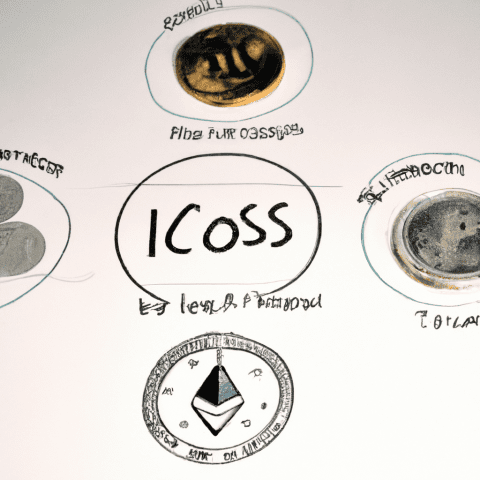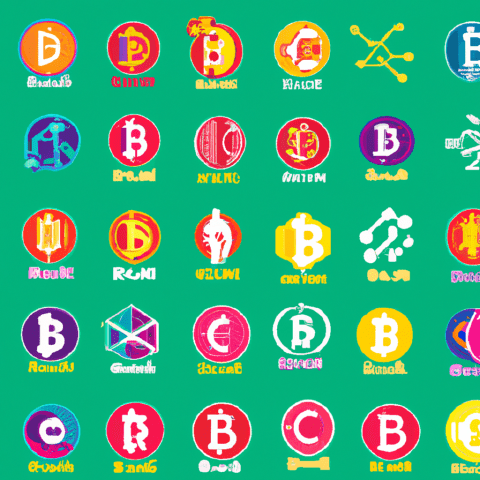In the world of cryptocurrency, Initial Coin Offerings (ICOs) and Initial Exchange Offerings (IEOs) have become popular methods for raising funds and launching new projects. As investors and enthusiasts navigate this ever-evolving landscape, it's crucial to understand the differences between ICOs and IEOs, as well as the potential risks and rewards involved. In this article, we will explore the nuances of ICOs and IEOs, highlight the top projects to watch in 2021, provide the latest news and updates in the ICO and IEO space, and offer insights on how to navigate this world of token offerings. Whether you're a seasoned investor or a newcomer to the crypto space, this comprehensive guide will help you stay informed about the latest trends and opportunities in ICOs and IEOs.
1. "Exploring the Differences Between ICOs and IEOs: What You Need to Know"
When it comes to raising funds in the cryptocurrency space, two popular methods are Initial Coin Offerings (ICOs) and Initial Exchange Offerings (IEOs). While both involve the sale of tokens to investors, there are key differences between the two that potential participants should be aware of.
ICOs are typically conducted by startups looking to raise capital for their projects. In an ICO, the company creates a new token and sells it to investors in exchange for established cryptocurrencies such as Bitcoin or Ethereum. These tokens can then be traded on various cryptocurrency exchanges.
On the other hand, IEOs are conducted on cryptocurrency exchanges themselves. In an IEO, the exchange acts as a middleman between the project seeking funding and potential investors. The exchange conducts due diligence on the project and helps facilitate the token sale. This can provide a sense of security for investors, as they can rely on the exchange's reputation and expertise in vetting projects.
One of the main advantages of IEOs over ICOs is the potential for increased liquidity and exposure. By conducting the token sale on a popular exchange, the project can reach a larger audience of potential investors. Additionally, the token is immediately tradable on the exchange, providing liquidity for investors.
Another key difference between ICOs and IEOs is the level of regulation and oversight. ICOs have been criticized for their lack of regulation, leading to numerous scams and fraudulent projects. IEOs, on the other hand, are typically more regulated due to the involvement of established exchanges. This can provide a level of trust and credibility for investors.
In conclusion, when considering participating in an ICO or IEO, it is important to understand the differences between the two methods. While ICOs may offer more flexibility and control for projects, IEOs can provide increased liquidity and security for investors. By staying informed on the latest ICO and IEO news, investors can make informed decisions on the top upcoming ICOs and IEOs in the market.















